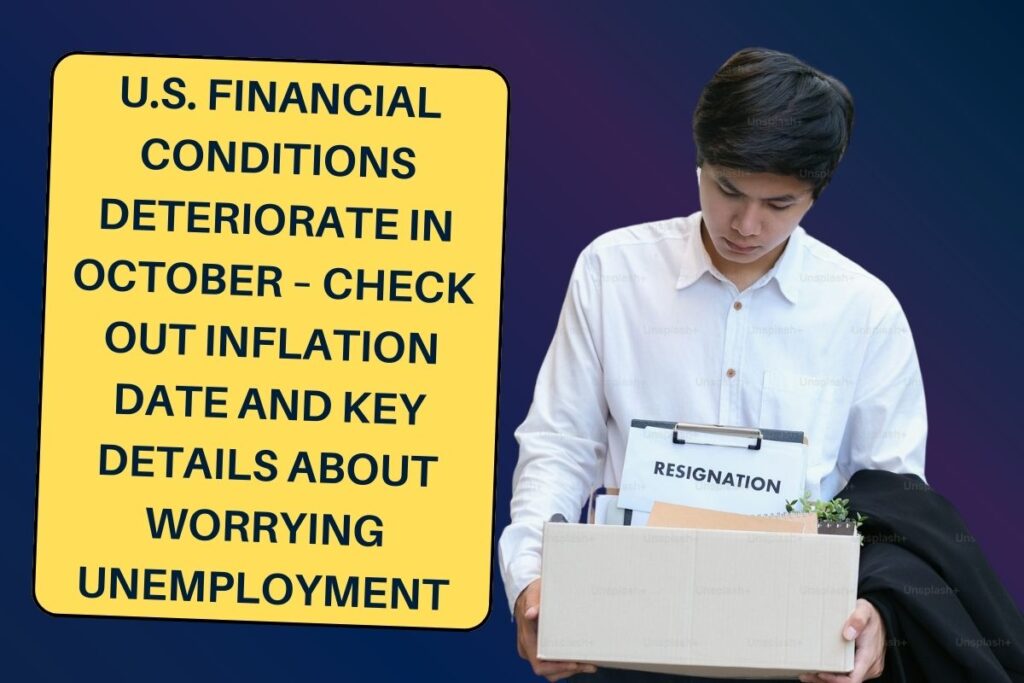The Federal Reserve, the US central bank, was concerned that annual inflation might reach 9% by mid-2022 not so long ago. Price increases in the U.S. economy had not been so rapid since the 1980s, and most people were afraid that a string of interest rate increases would cause the economy to enter a recession.
The Labor Department’s October 10 consumer price index statistics showed that inflation dropped to 2.4% in September 2024. That’s lower than the 2.5% from the previous month and consistent with the 2.3% to 2.4% market estimates. The rate of inflation reached a 41-year high of 8.9% in June 2022. Jerome Powell, the Fed’s chair, is now much closer to hitting its 2% inflation objective as a result of the news.
Inflation rates have been falling for the third consecutive month, while year-over-year price fluctuations have been below 3% for the fourth consecutive month. As an economist and professor of finance, he believes that this might have a significant impact on the Federal Reserve, which may slash interest rates again at its next meeting in November.
U.S. Financial Conditions Deteriorate in October
The consumer price index (CPI) for September rose by 0.2%, according to the U.S. Labor Department, meaning that the annual inflation rate was 2.4%. As per news, this was marginally higher than the economists’ projections, which called for a 0.1% monthly increase and a 2.3% annual rate.
In addition, core inflation which keeps volatile food and energy costs out of the equation rose by 0.3% for a 3.3% annual rate, which was more than the 0.2% economists had predicted. Incorporating factors like housing, auto insurance, healthcare, apparel, and airfare, core inflation accounts for shifts in necessities that impact household spending plans.
US inflation rate fell to 2.4% in September
- Even while US inflation dropped to 2.4% in September, it still above forecasts, strengthening the belief that the Fed will lower interest rates by a quarter point at its upcoming meeting in November. The headline number released by the Bureau of Labor Statistics was higher than the 2.3% annual increase predicted by economists but lower than the 2.5% increase in August. The final number before the presidential election on November 5th followed the Fed’s rate decrease last month by a larger-than-normal half point amid indications that it was winning the fight to control price pressures.

- Investors’ expectations on a quarter-point decrease at the US central bank’s November meeting grew following the release of the inflation data and signs of a surge in unemployment. After the data was released in November, the market was pricing in a roughly 90% possibility of such a cut, up from 80% before to the publication. On Thursday afternoon, the two-year Treasury yield, which is sensitive to interest rates and swings against prices, fell 0.06 percentage points to 3.96 percent. The S&P 500 closed 0.2% lower than its record-high closing level. Additionally, The latest unemployment claims report surpassed forecasts by economists.
- Nearly 30,000 more Americans than anticipated filed for unemployment insurance, reaching 258,000, the largest weekly rise since August 2023. Just weeks before the election, the world’s largest economy is shown in conflicting light by the most recent figures. Democratic nominee for vice president Kamala Harris has had difficulty overcoming people’ resentment of growing expenses during her presidential campaign. A more stable economic environment with strong growth and declining interest rates has given Harris hope that it will improve her prospects of defeating Republican contender Donald Trump.
Deteriorating conditions of financial markets amid high debt
High inflation and a worsening economic outlook have affected the financial and commodity markets. As a result of the monetary policy’s necessary tightening, yields have increased, asset prices have significantly corrected, and the cost of debt for corporations, consumers, and sovereigns has increased.
These sectors’ current high debt levels raise questions about how well they will be able to service their debt. Weak fundamentals, significant outflows, and tightening financial conditions may hasten debt crises in some emerging markets. Future credit intermediation and economic growth may suffer as a result of the increased risk of broad-based credit losses compromising the resilience of different financial intermediaries.
How Inflation & Unemployment are related
- The relationship between unemployment and inflation is complicated, but generally speaking, they are inversely related.
- Wages tend to stay the same and pay inflation is nonexistent during periods of high unemployment.
- Employers usually have to offer higher wages to entice workers during periods of low unemployment, which eventually raises wage inflation.
- According to the Phillips curve, as wages increase, the cost of goods and services in an economy should also rise, which would raise the rate of inflation overall.
- In their critique of the Phillips curve, monetarists contend that when the economy adapts to any rate of inflation, it eventually tends to return to the natural rate of unemployment.
| Our Homepage | Click Here |

